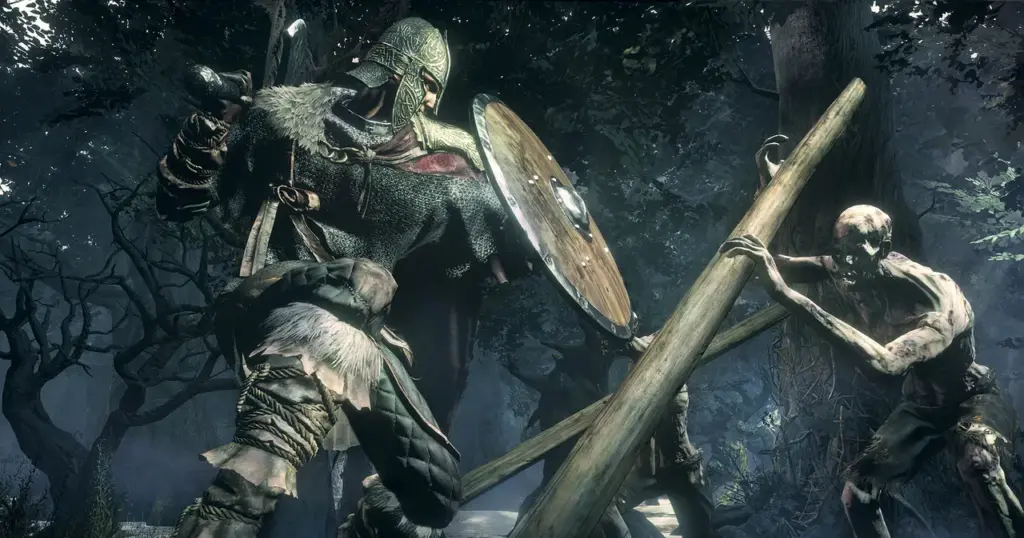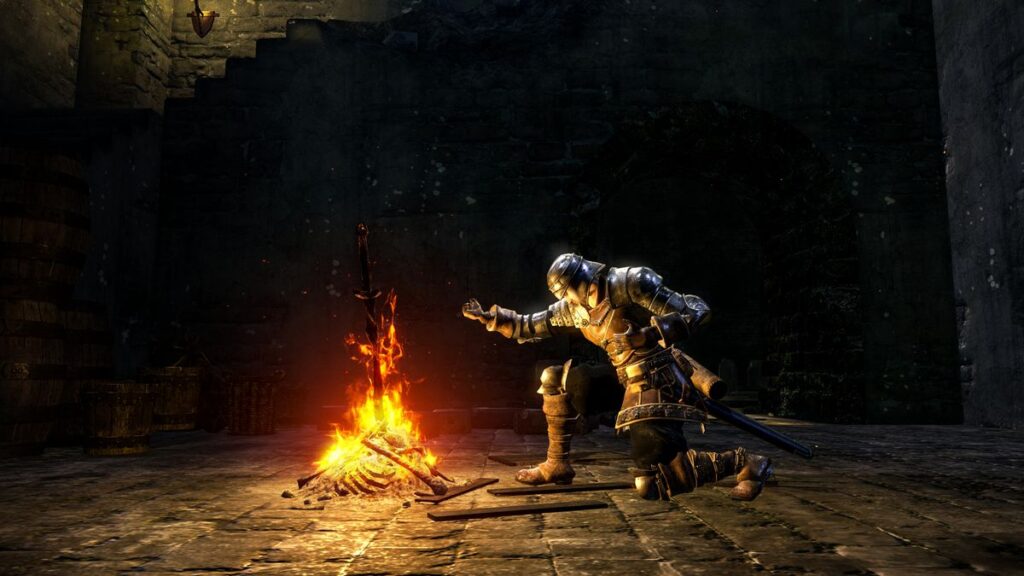‘Dark Souls’ and The Evolution of Gameplay Mechanics

In the gaming industry, challenges are as relentless as shadows and victories are earned through perseverance, one title stands as an epitome of unyielding difficulty and captivating gameplay mechanics, ‘Dark Souls.’ FromSoftware’s magnum opus has not only redefined the way players approach difficulty in video games but has also spearheaded a shift in the evolution of gameplay mechanics.
‘Dark Souls,’ first unleashed upon the gaming world in 2011, garnered immediate attention for its punishing difficulty. Unlike conventional games that held players’ hands through linear narratives, ‘Dark Souls’ embraced the philosophy of trial and error. Every corner of the desolate kingdom of Lordran was fraught with peril, demanding players approach each encounter with caution and learn from their mistakes.

The game’s combat system became the crucible where players forged their skills. The deliberate and weighty combat mechanics forced players to think strategically, emphasizing timing, spacing and weapon selection. A single misstep could lead to a swift demise, reinforcing the idea that in ‘Dark Souls,’ every action had consequences. This departure from the hack-and-slash norms of its time marked a paradigm shift in the gaming landscape.
The more gamers played the game, the more they discovered. An intricate interconnected world that rewarded exploration and mastery awaited them. The game’s open-ended level design, with shortcuts and hidden passages aplenty, encouraged a sense of discovery seldom found in contemporary titles. This emphasis on exploration and interconnectedness became a hallmark of the series, influencing subsequent games across genres.

The asynchronous multiplayer component introduced an innovative layer to the ‘Dark Souls” gameplay. The ability to leave messages for other players, warning of dangers or offering cryptic advice, created a shared experience within a solitary journey. The spectre of other players, represented by bloodstains and ghosts, added a haunting ambience, reminding players of the shared struggle against overwhelming odds.
‘Dark Souls” influence extended beyond its immediate genre, infiltrating the design philosophy of developers across the industry. The “Souls-like” subgenre emerged, characterized by punishing difficulty, methodical combat, and a focus on player skill. Games like ‘Bloodborne,’ ‘Sekiro: Shadows Die Twice’ and ‘Nioh’ owe their existence to the trailblazing path carved by ‘Dark Souls.’

The evolution of gameplay mechanics in ‘Dark Souls’ was not confined to difficulty alone. The game’s minimalist storytelling conveyed through cryptic environmental storytelling and elusive character interactions, prompted players to piece together the narrative themselves. This departure from traditional exposition-heavy storytelling challenged players to engage more actively with the game world, setting a precedent for narrative design that prioritizes player agency.
Moreover, ‘Dark Souls’ influenced the integration of RPG elements into diverse gaming genres. The game’s deep character customization, with a plethora of weapons, armour sets and magic spells, showcased the potential for complex character progression in action-oriented games. This influence is evident in titles like ‘The Witcher 3,’ where the fusion of action and RPG elements enhances the overall gaming experience.








